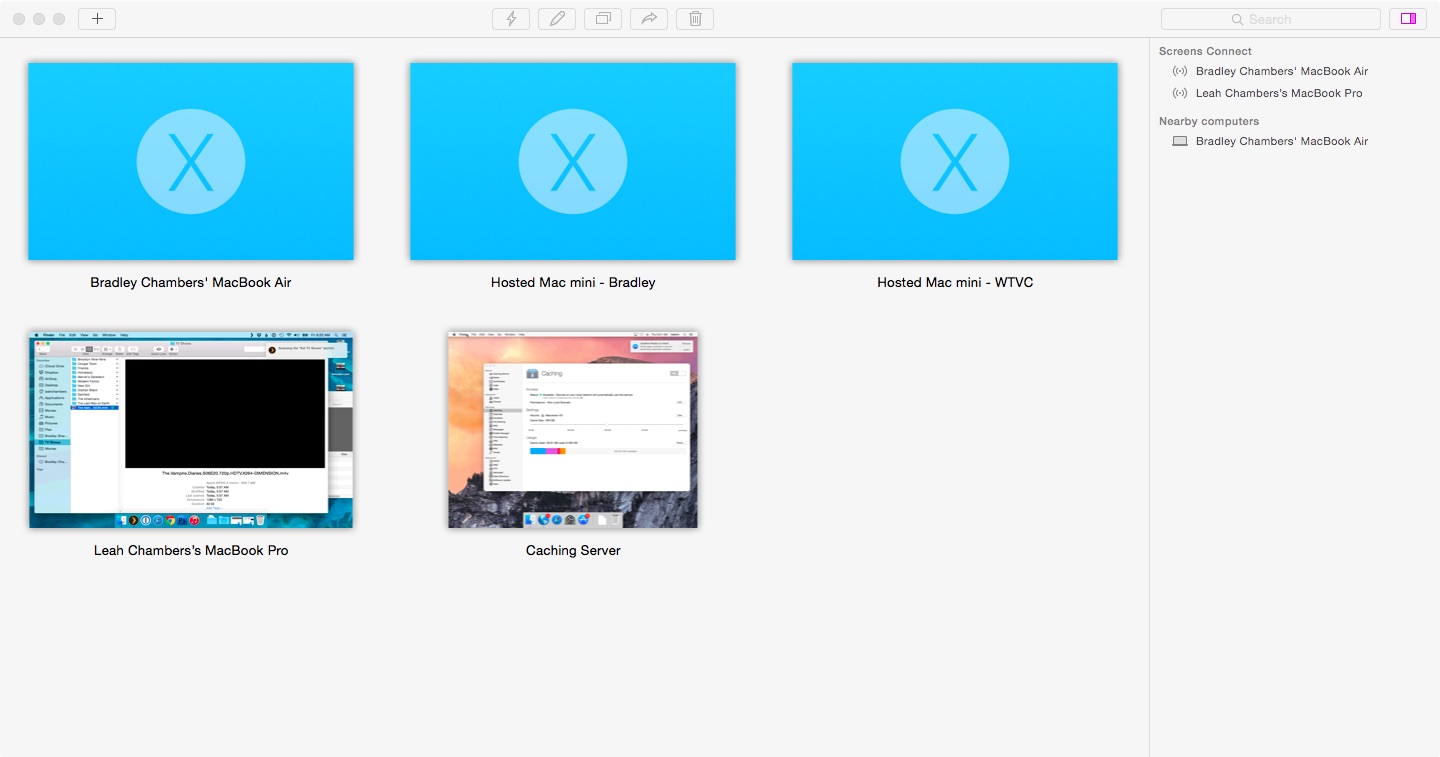

- Apple remote desktop ios how to#
- Apple remote desktop ios update#
- Apple remote desktop ios full#
- Apple remote desktop ios windows 10#
When you've connected to Azure Virtual Desktop, you'll see a bar at the top, which is called the connection bar. For more information about display orientation, see Set orientation. This setting only applies in landscape orientation. Toggling this on will show graphics from the remote session in the area at the bottom of the screen occupied by the Home indicator. On iOS, you can set Use Home Indicator Area.
Apple remote desktop ios full#
Toggling this on will use the full display of your device, but will result in some content from the remote session being obscured, such as graphics n the rounded corners of the screen. For current connections, you'll need to disconnect and reconnect from a remote session This setting applies to all workspaces.Ĭhanges to the display resolution only take effect for new connections. You can choose the resolution for your remote session from a predefined list. You can also set Use Home Indicator Area. Tap your preference from Auto-adjust, Lock to Landscape or Lock to Portrait.
Apple remote desktop ios update#
The window will maintain the same scaling and update the resolution to match the new orientation.
Apple remote desktop ios windows 10#
Auto-adjust is supported when your remote session is running Windows 10 and Windows Server 2012 R2 or later. You can set the orientation of the Remote Desktop client to landscape, portrait, or auto-adjust, where it will match the orientation of your device.
Apple remote desktop ios how to#
Learn how to set display preferences, such as orientation and resolution. Tap User Accounts, then select the account you want to remove. To remove an account you no longer want to use: Tap the back arrow ( <), then tap the X mark. You can then add this account to a workspace by following the steps in Add user credentials to a workspace. Tap User Accounts, then tap Add User Account.Įnter a username, password, and optionally a friendly name, then tap the back arrow ( <). In the top left-hand corner, tap the menu icon (the circle with three dots inside), then tap Settings. Open the RD Client application on your device. You can also remove accounts you no longer want to use. You can save a user account and associate it with workspaces to simplify the connection sequence, as the sign-in credentials will be used automatically. If you selected Add User Account, enter a username, password, and optionally a friendly name, then tap the back arrow ( <). Tap User account, then select Add User Account to add a new account, or select an account you've previously added. Tap and hold the name of a workspace, then select Edit. Learn how to add user credentials to a workspace and manage them. Delete removes the workspace from the Remote Desktop client.Refresh makes sure you have the latest desktops and apps and their settings provided by your admin.Edit allows you to specify a user account to use each time you connect to the workspace without having to enter the account each time.

You can also pull down to refresh all workspaces. Tap and hold the name of a workspace and you'll see a menu with options for Edit, Refresh, and Delete. Open the RD Client application on your device, then tap Workspaces. If some of these settings are disabled, please contact your admin. Your admin can choose to override some of these settings in Azure Virtual Desktop, such as being able to copy and paste between your local device and your remote session.


 0 kommentar(er)
0 kommentar(er)
